You are here
For hikers with access to high altitudes and steep climbs, the conundrum of training for long-distance, high-intensity, advanced hiking is much simpler—just hike. But for everyone between the Appalachians and the Rockies, finding the right place to simulate such hikes is an extraordinary challenge on terrain laid bare by glaciers and the long expanse of geologic time.
Here’s looking at you, Midwest.
The flat expanse of the Midwest is a training challenge for anyone who seeks high-elevation hikes. Tallgrass Prairie National Preserve. Garric Baker.
Fortunately, basic equipment and access to the most humble of urban wildernesses are more than adequate tools to prepare for long-distance hikes when paired with science-based principles of movement. With a basic understanding of the movement patterns we want to improve, the environment in which we perform those movements, and the specific adaptations that are necessary to prepare our bodies effectively, we can take great strides toward our hiking goal.
Such a training plan is valuable no matter where you are, and by deploying functional training principles you can make your body more adaptive to other activities and improve your vitality, too.
In this first part of a two-part series, we’ll break down the movement principles of a hike and lay the groundwork for a 10-week training program for hikers without access to big-time hikes.
Part I: The Science | Part II: The Program
Sand demonstrates the most challenging characteristics of gait on a high-altitude hike. Nurnberg Dunes. Eric Adsit.
Understanding Gait
Before we develop a training program, it’s useful to have a rudimentary understanding of how we walk. By understanding the movement mechanics of gait, we can begin to develop the proper training techniques to improve our strength and endurance within these movements.
Technically speaking, a hike typically involves forward, or anterior sagittal plane, motion in two phases, a plant phase and a swing phase. A complete stride is primarily driven by the major movers in the posterior hip complex—glutes, hamstrings, and others, collectively—and involves lateral and rotational movement of the hips and legs at different phases as a hiker loads, swings, and plants on the opposite side, loading the opposite foot in preparation for the next swing phase.
Let’s break it down another level. Stepping forward on the left, your right foot is in a loaded position as your left foot completes its swing phase. Your right hip is externally rotated and laterally extended. As you shift your weight from your right foot to your left, your hips transition side to side from right-side lateral to left-side lateral extension, loading the opposite hip and freeing your right foot to enter its swing phase. This is a loaded position that generally creates extension and tension of the muscles of the left posterior hip. Further contraction of the left posterior hip drives the forward motion of gait as the right leg swings, rotating internally until it plants in front of the left foot. Weight shifts back to the right foot in reverse order and the cycle begins anew.
Key takeaways:
- A hike is a multi-dimensional movement, involving forward (or sagittal), side to side (or frontal), and rotational (or transverse) motion, especially at the hips;
- It recruits heavily from the posterior hip, and our training will focus on positions that strengthen that region;
- For much of your time spent in gait, you are balancing on one leg.
These factors determine the positions we use to train. Depending on the grade, it may involve more or less loading of the posterior hip. Depending on the hiker, it may involve more or less internal and external rotation of the hips and legs. And depending on the surface, it may involve more or less single-leg instability.
This isn't Mount Whitney, but even so—hills like this in Konza Nature Preserve are serviceable training tools for hikes at elevation. Garric Baker.
The Functional Approach
Whereas traditional strength training develops movements to isolate muscles and strengthen by overloading with weight, functional training focuses on the body as a whole. Usually, when we talk about “the body as a whole," we’re referring to fascia, a relatively hard and force-responsive connective tissue that wraps and interlinks muscles into a tensegrity and responds to training over periods much longer than the traditional training cycle (think six months and longer). That is a separate and much longer conversation.
For our purposes, you only need to know that functional training focuses on loading, body position, and environment to address physical fitness. By deploying these principles appropriately, we can create an effective hiking program to help you reach summits in weeks.
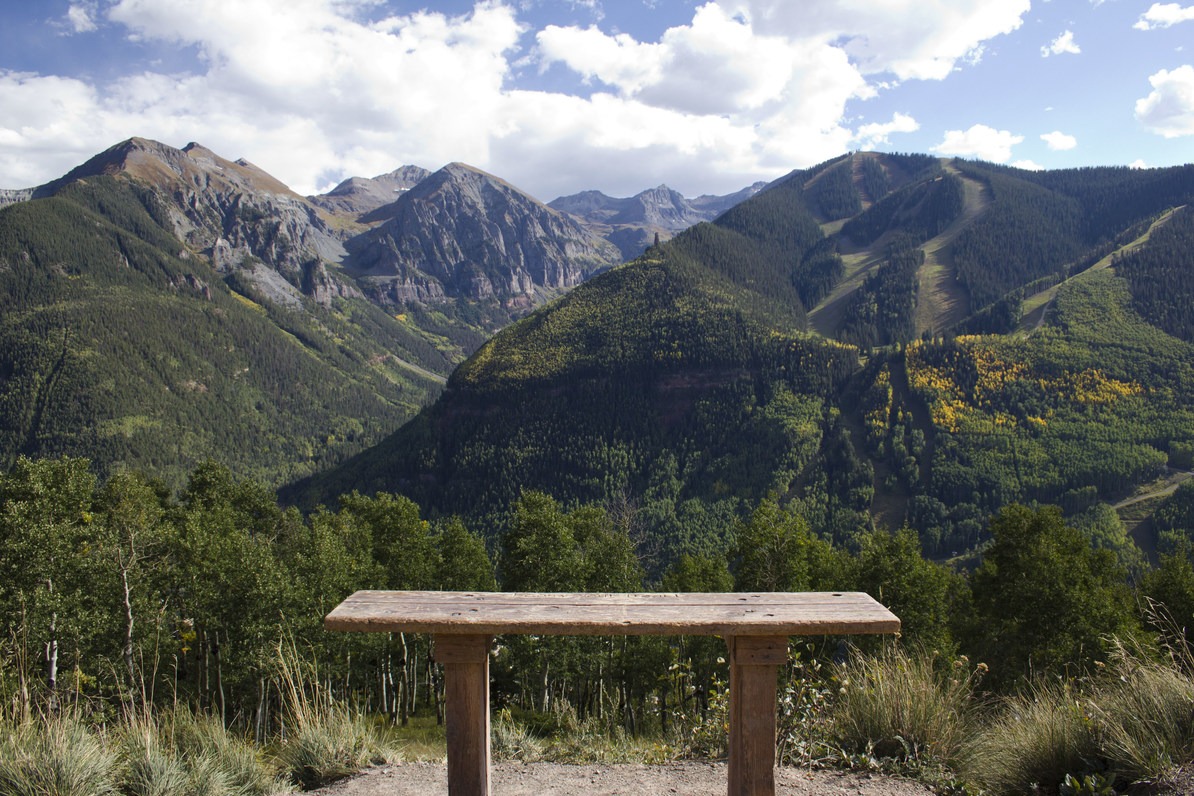
A simple step is one of many common park features that you can use as a training tool. Jud Wiebe Trail. Jonathan Stull.
The Loads
Functional tissue has specific characteristics regardless of the individual that pertain to a continuum corresponding with a progression of movement intensity.
- Touch your toes—your ability to do this is an example of tissue mobility. Lowest on the progression, a “mobile" body can move into a position, meaning that the tissue can extend as needed.
- Stand on one leg and touch the ground; your ability to hold this position is an example of tissue stability. Second on the progression, a “stable" body can move into a position and hold it, recruiting the necessary muscles to maintain that position.
- Stand on two legs, reach for your toes, and return to a standing position as fast as you can; your ability to do this without compensation or loss of balance is an example of tissue elasticity. Third, an “elastic" body can move in and out of positions at a high rate of frequency. Elasticity corresponds with a tissue’s ability to expand and contract rapidly.
- Pick up 5-pound weights and squat; your ability to complete this movement without muscle failure is an example of tissue strength. Fourth, a “strong" body can perform these movements under a load.
This is an important place to pause. Traditionally, increasing strength means increasing weight—the ability to lift heavier weight equals stronger muscles—but that is not the only way to load the body. You can increase the time under tension, or the amount of time that you take to perform a movement with the same amount of weight. Greater time under tension also corresponds with greater strength. You can increase the rate at which you perform a movement with the same amount of weight. A faster rate also corresponds with greater strength.
These principles are especially important for anyone who wants to spend their time outside of a gym. If you value the outdoors, pay careful attention: With a small investment in equipment, you can accomplish in the great outdoors the targeted goals you expect only in a gym environment. A couple of dumbbells, a park bench or a rock, 100 yards of steady incline, and elastic bands can achieve the same performance as access to 10,000 square feet of gym space and $1,000,000 of equipment. Creativity and intuition underwrite the power of functional training. Your knowledge is your sharpest tool, your intuition is your strongest muscle. For anyone who prefers to be outside, this is a critical difference.
- Lastly, a “powerful” body has reached the peak of the progression. Tissue power is a simple formula that adds tissue elasticity to tissue strength. Pick up those 5-pound weights and squat jump; continuing to do this to muscle fatigue is an example of tissue power.
The Positions
To create a fitness program, we apply the principles of loading to the position we want to improve. That requires a basic understanding of functional body mechanics. All motion occurs within the spectrum of five major movement patterns: a squat, a lunge, a push, a pull, and a single-leg balance. Within this spectrum, all movement variation occurs.*
Most critical for hiking is the squat, lunge, and single-leg balance. These three movements alone address the major strength and stability needs of a hiker, though we will also use a variation of a push to address rotational hip strength and stability.
- The lunge: Nothing trains hiking like a lunge, and it is the most important movement for any hiking program. It trains the movements of gait by emphasizing anterior hip extension and posterior hip strength. No other movement combines these nearly as effectively.
- The squat: A supplement to the lunge, the squat more effectively focuses on strength of the posterior hip, especially when combined with a single-leg balance.
- The single-leg balance: Placed strategically when the primary movers are fatigued (like they are at the end of a workout), the single-leg balance is critical for maintaining the health and integrity of joints below the knee.
The Environment
A smart training program also considers the hiking environment, and this is where all of your movement variety comes from. By mimicking trail conditions, you add an additional layer of complexity that will help you keep your workouts fresh and interesting—and you always need to keep your body guessing. It keeps you engaged, and it prevents you from finding biomechanical shortcuts that make some movements easier to perform.
Imagine the hike that you want to tackle. It will likely have one or more of these characteristics:
- It goes up and down or traverses angled slopes;
- It follows a shifting or unstable route composed of sand, soil, scree, or stone;
- It makes unpredictable turns;
- It may require more than two points of contact;
- It may force you to take longer, higher, or oddly angled steps;
- It occurs in widely variable conditions of temperature, air pressure, elevation, and precipitation.
By applying these characteristics of a hike to a training program, you suddenly have infinitely many ways to train. Three movements, six movement variables, uncountable variations within each—the combinations are literally endless.
These are three of the most important principles you need to keep in mind when you prepare yourself to train. Functional training is exceptionally complex, and it takes a lifetime to master. But to do so recognizes that your body is a continually evolving organism with infinite potential. To explore the cracks and crevices of the world are one and the same with an expansive mind hungry for movement, hungry for knowledge, and demonstrating vitality.
*Some place other movements onto this spectrum—most notably a hinge. I am of the opinion that a hinge is an early-stage squat. We could spend a decade arguing this point.
In addition to being Outdoor Project's Content Editor + Contributor Liaison, Jonathan Stull is a TH3 Vitality Movement Guide and ACE-certified fitness professional with more than 1,000 training hours of experience. As a thru-hiker, he has completed Section J of the PCT, the Juan de Fuca Trail, and uncountable miles of mossy fjord on Patagonia's southwestern coast. He has also summited many of the Pacific Northwest's volcanos, including Mount Hood, Mount St. Helens, Mount Adams, and Mount Shuksan.

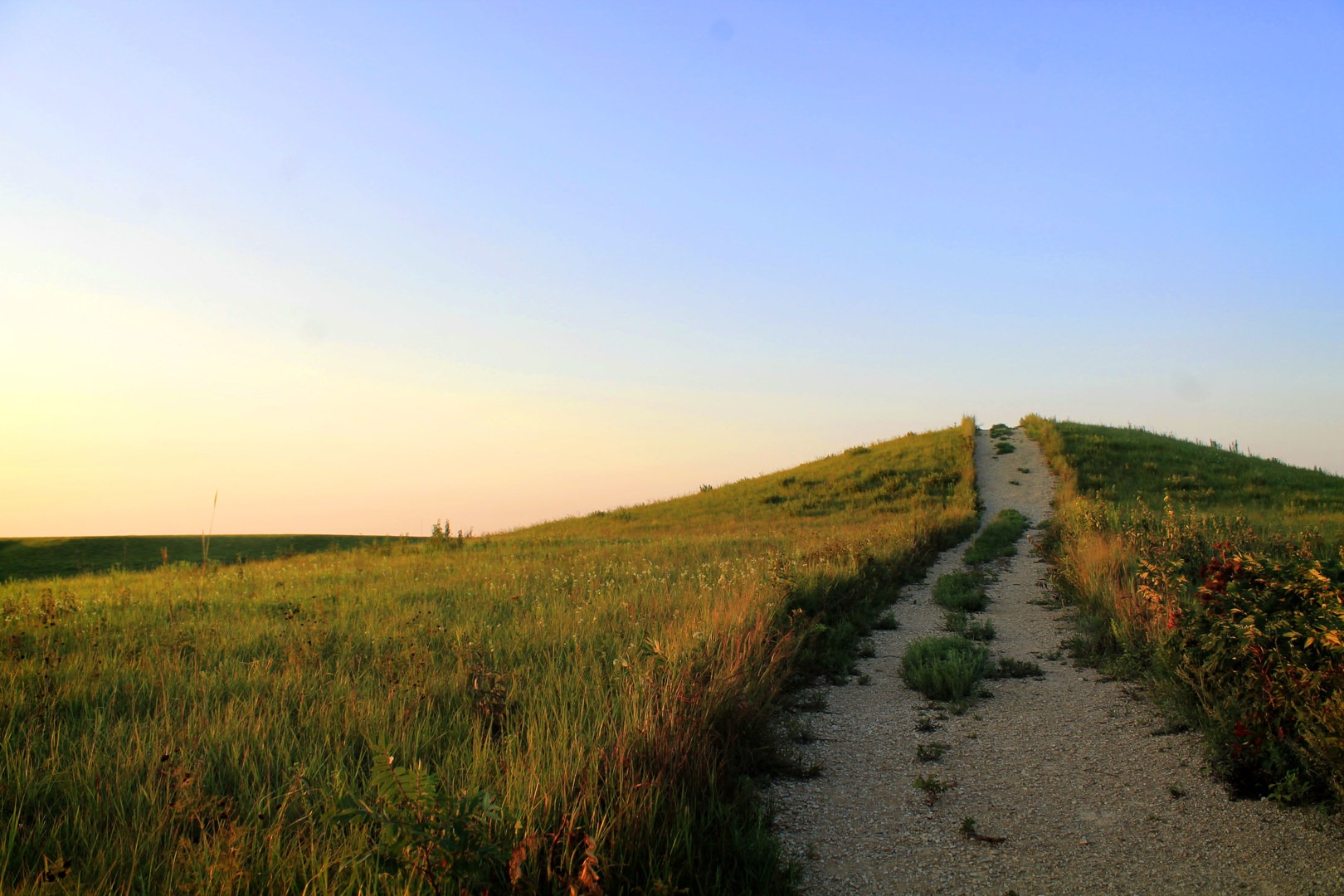
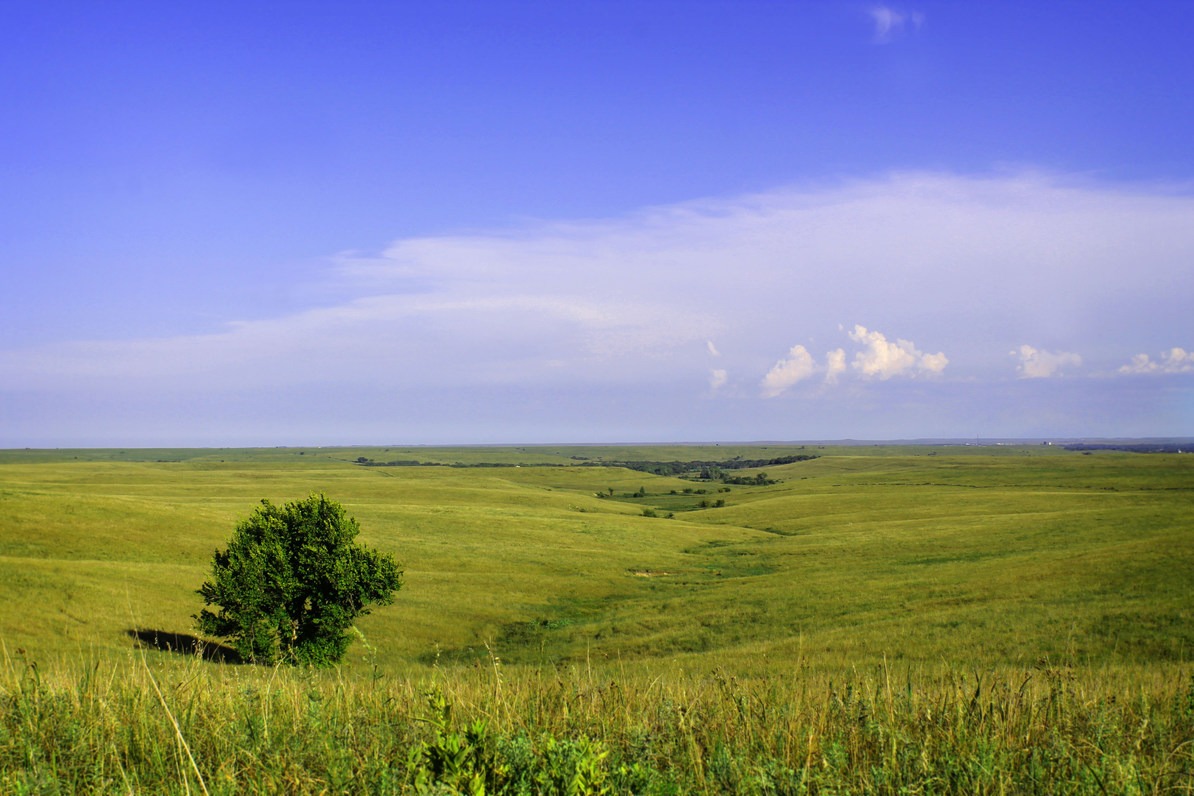
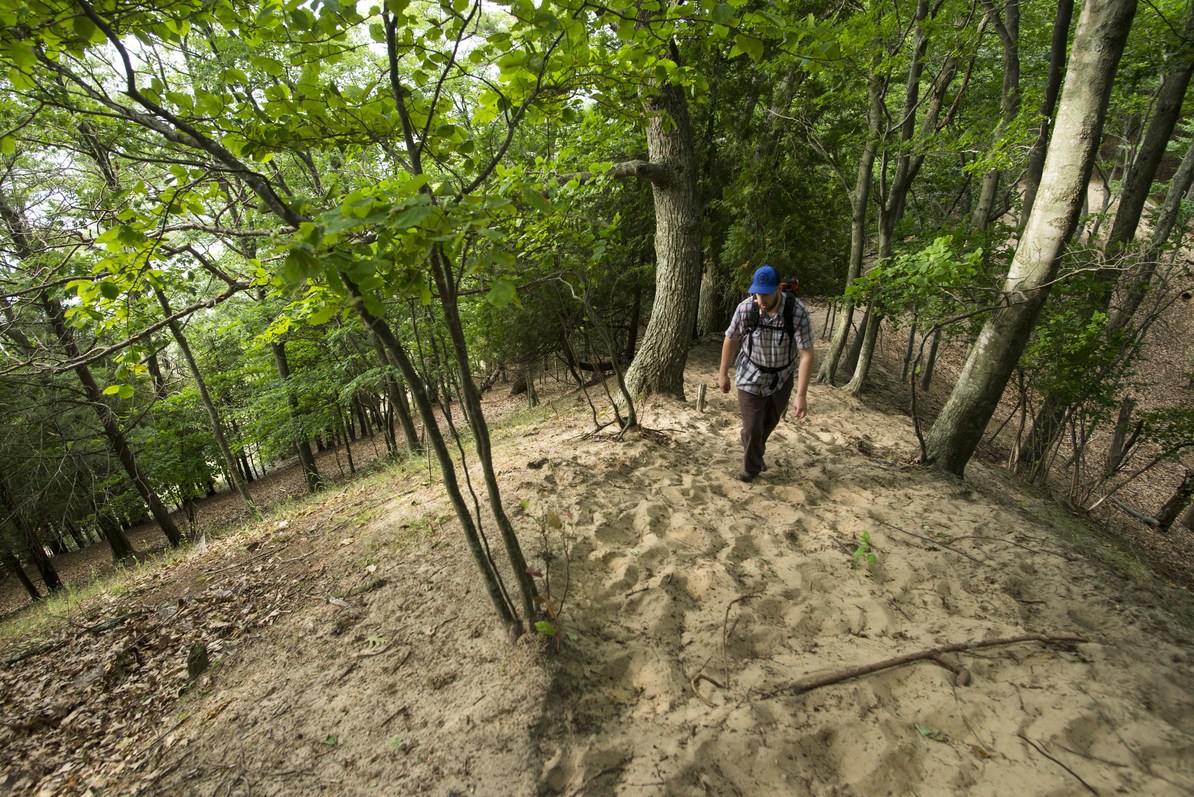
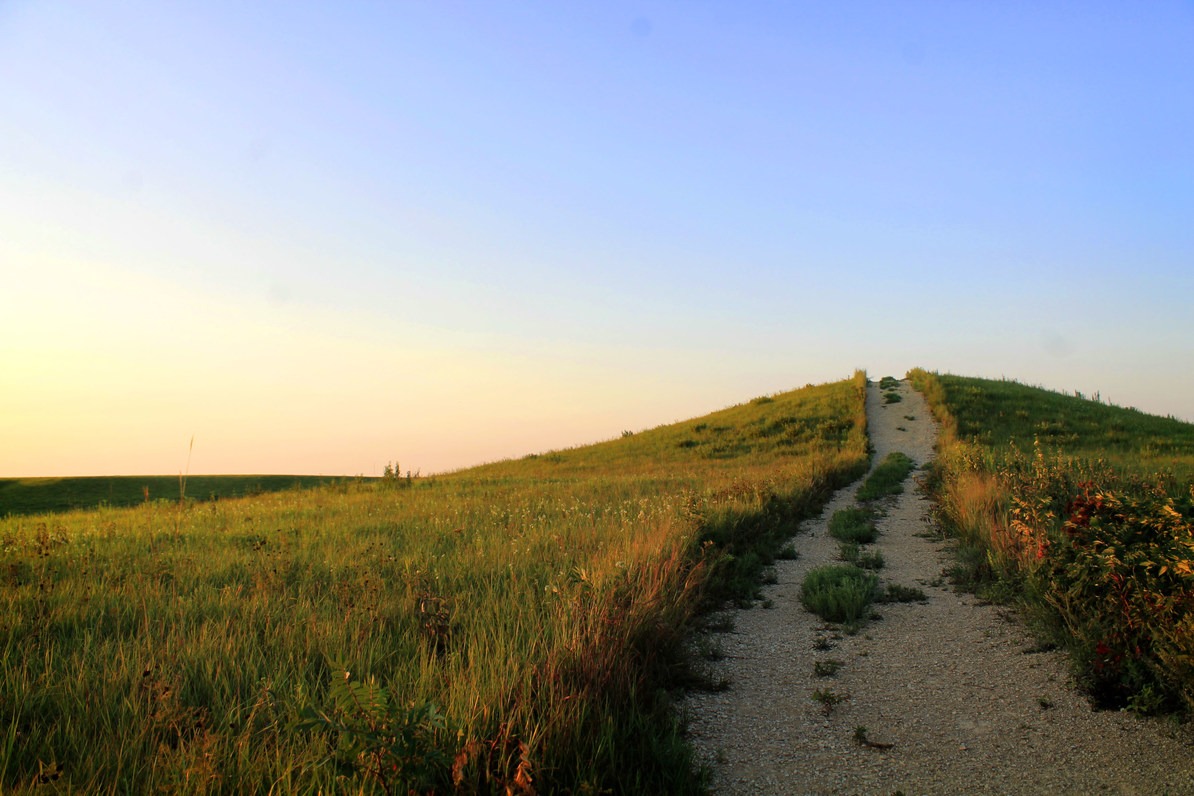



Comments
Sign In and share them.